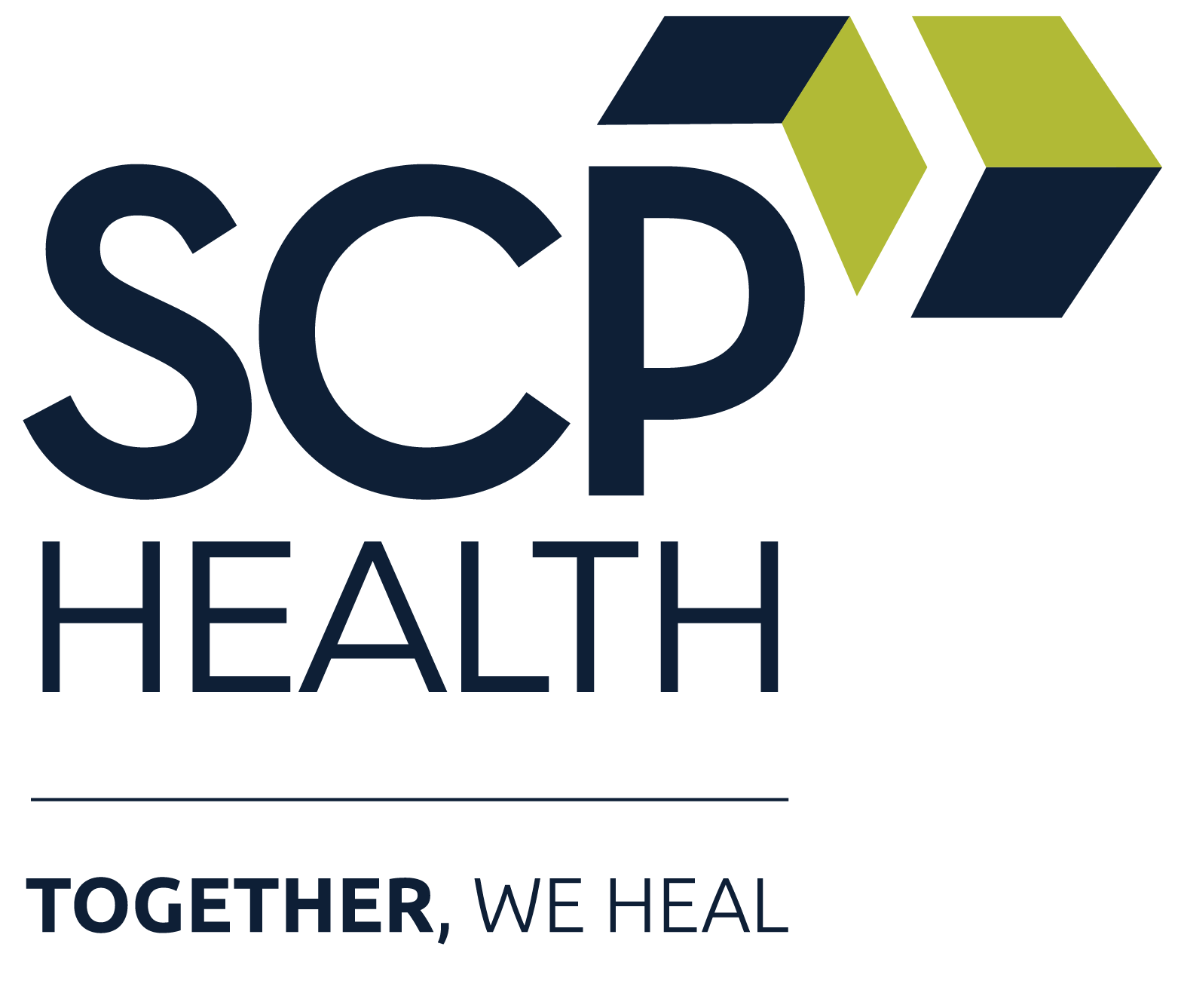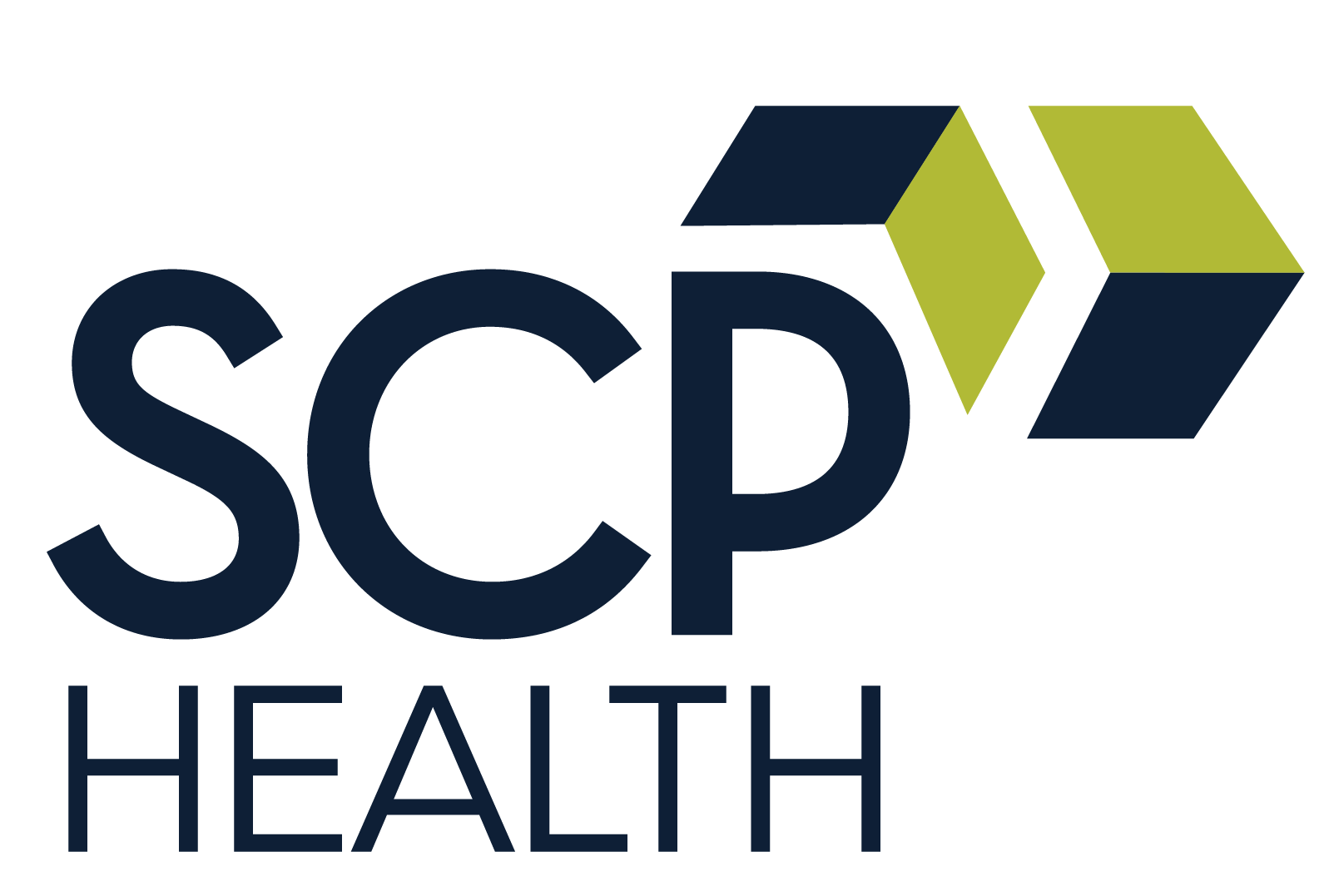The recent deaths of fashion designer Kate Spade and celebrity chef Anthony Bourdain carried a stark reminder of the tragic consequences of suicide not only to the victim but also their families and friends. However, as unsettling as the news of their passing was, the pair represent just two of the thousands of people who take their own lives each year.
According to the latest CDC Vital Signs report, since 1999, the suicide rate in the U.S. has increased in almost every state — in half of the states by 30 percent or more. In 2016, at least 45,000 Americans aged 10 or older died by suicide, the report said.
The report also found that more than half (54 percent) of the victims had no known mental illness diagnosis before their deaths.
For ED providers, the statistics are even grimmer. A January Medical Brief to SCP providers from SCP medical leader Dr. Mark Olivier listed the following:
- The rate of ED visits related to suicidal ideation among adults has increased by 12 percent annually;
- Twenty-two percent of people who died by suicide visited an ED in the four weeks before their death; sixty percent of those visits were unrelated to suicide;
- Ten to 15 percent of suicide attempters ultimately complete suicide.
What Can ED Providers Do?
With suicides on the rise, what can ED providers do to spot the warning signs? And, once identified, what steps can they take to manage and treat the suicidal patient?
In the Medical Brief, Dr. Olivier stressed that ED providers have a process in place for assessing a patient’s risk for suicide with the goal to identify factors that may increase or decrease the risk level, estimate the overall level, and develop a treatment plan.
Suicide Risk Factors to Look For
- History of mental illness – major depression/bipolar disorder, substance abuse, psychosis, personality disorder;
- Previous suicide attempt – increases the risk of completed suicide in the year following the unsuccessful attempt by 100-fold. This is the single most reliable predictor of suicide;
- Severe or chronic medical illness – increases risk, especially in the elderly. Those with renal failure on hemodialysis have a 400-fold increased risk; AIDS increases the risk 7 to 66-fold;
- Family history of suicide – doubles the risk;
- Social factors – widowed, divorced, or separated, living alone, or socially isolated increases risk;
- Significant personal losses or recent life stressors – bereavement, unemployment, and financial or legal difficulties increases risk.
Also, having a firearm in the household can be an independent risk factor.
One thing Dr. Olivier notes is that risk factors are separate from warning signs. “Warning signs indicate an immediate risk of suicide, whereas risk factors indicate someone is at increased risk for suicide but indicates little or nothing about immediate risk,” he said.
Psychiatric Assessment Plan
Regarding the assessment plan, according to Dr. Olivier, ED providers should:
Ask specifically about thoughts of suicide and plans to commit suicide. Listen without passing judgment or giving advice. Convey you are interested in what your patient says: “It seems like you have been going through a lot.”
Gather data from family, friends, and other third parties. The suicidal risk evaluation may take precedence over the desire of patient confidentiality and privacy in this life or death situation. It’s important to note: An emergency exception to the HIPAA rule exists when ‘based on a reasonable belief that use or disclosure of the protected health information was necessary to prevent or lessen a serious and imminent threat to health or safety of an individual or of the public.’
Calculate the risk to rescue ratio of the suicide attempt. The higher the potential lethality of the attempt and the lesser the likelihood of rescue, the more serious the suicide risk.
Evaluate the degree of hopelessness. Ask the patient directly about plans and hopes for the future. Hopelessness and lack of future plans are associated with higher risk of suicide.
Attempt to identify any possible precipitants for the current crisis to understand why the patient is suicidal. The patient who will not discuss potential precipitants is at higher risk for suicide.
Evaluate the patient’s social support network. Lack of outpatient care providers, family, and friends increases risk.
Suicide Risk Assessment
A suicide risk assessment helps determine the patient safety needs and develops a plan for treatment. It provides a framework for documenting your medical decision making to minimize liability. If done with empathy, it can be therapeutic for suicidal patients. Suicide screening is a requirement of the Joint Commission for some ED patients.
The suicide risk assessment may involve three phases:
Primary Screening: Providers can use a primary screening with all ED patients or those with known risk factors.
Secondary Screening: Secondary screening is used with patients identified in the primary screening. It helps to differentiate patients with very low suicide risk who may be appropriate to discharge following a brief intervention from patients with a higher risk who will need a comprehensive suicide risk assessment.
Comprehensive Risk Assessment: This assessment is used with patients who scored positive on the secondary screening. It tells the provider the patient’s risk and protective factors, safety needs, and treatment needs. Resources available for these screenings include the National Institute of Mental Health’s Ask Suicide-Screening Questions; trainings and handouts from the Suicide Prevention Resource Center.
Managing the Suicidal Patient
Proper management of the suicidal patient includes:
- Medical stabilization and clearance;
- Providing a safe environment for the patient. Remove potential means of self-harm;
- Frequent supervision. Communicate what will happen during the visit;
- Detaining the patient involuntarily if necessary.
There are also exceptional circumstances providers should take into consideration:
Intoxicated patients. Do not dismiss statements about suicidal ideation made by an intoxicated patient. One-third of all U.S. suicides involve the acute use of alcohol.
Pediatric patients. Carefully evaluate young patients presenting with deliberate self-harm behaviors. Non-suicidal self-injurious behavior such as cutting is a strong predictor of future suicide attempts.
Older Adults. Depression is a major risk factor for suicide. Older depressed adults may be more likely to report physical symptoms (e.g., nervousness or loss of appetite) than psychological ones.
Suicidal Patient Disposition
Obviously, patients at risk for suicide will need psychiatric evaluation and, possibly, psychiatric facility hospitalization. But if the decision is made to discharge the patient, an adequate home support system should be in place.
“Ask the patient whether they would harm themselves if released from the ED,” Dr. Olivier said in the brief. “The risk for subsequent suicide should be judged to be acceptably low. Link patients with a follow-up appointment within 24 hours to 7 days, and give the patient the National Suicide Prevention Lifeline number: 1-800-273-TALK (8255). For those who use social media, there is also a chat line through Lifeline Chat.
Also, give the patient any available community-based services and create a safety plan and template. Consider a call to the patient after discharge to discuss the discharge plan.
Conclusion
A suicide risk assessment helps to determine if specific factors that place a person at risk for suicide are present. However, it is not a tool for suicide prediction or probability.
The standard of care for suicidal patients is based on the concept of “foreseeability,” which includes the reasonable provider’s ability to take a thorough history, to recognize relevant risk factors and to design and implement a treatment plan that provides precautions against completed suicide. It’s our responsibility to recognize the risk factors and consider the benefits of hospitalization when necessary.






